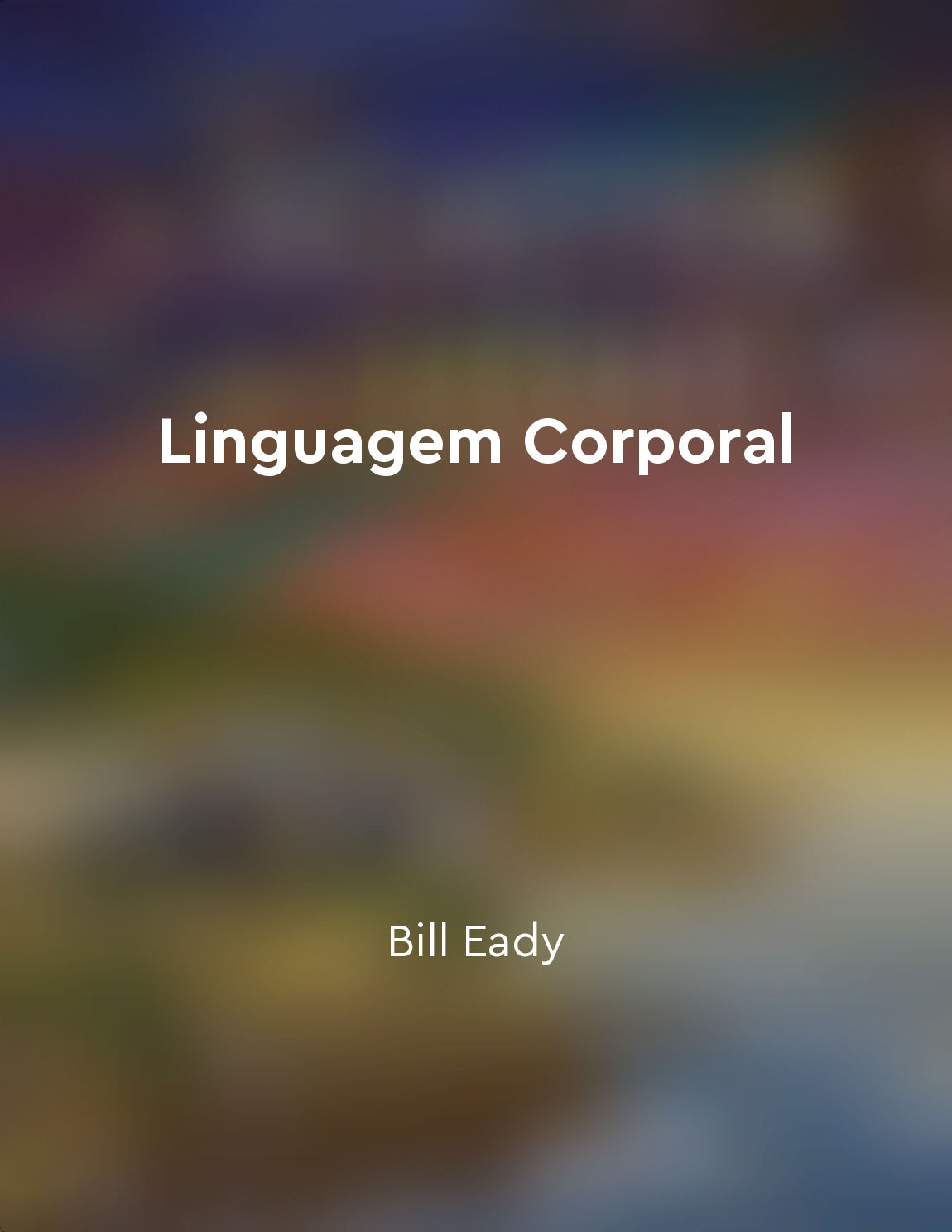Cultural differences can impact children's nonverbal communication from "summary" of The Secret Language of Children by Lawrence E. Shapiro
Cultural differences play a significant role in shaping the way children communicate nonverbally. When children from different cultural backgrounds interact, they may misinterpret each other's body language, facial expressions, and gestures. For example, a child from a culture that values direct eye contact may perceive a child from a culture that avoids eye contact as being dishonest or disrespectful. Moreover, cultural norms regarding personal space can also impact children's nonverbal communication. In some cultures, people stand close to each other while talking, while in others, they maintain a greater distance. This difference in spatial awareness can lead to misunderstandings and discomfort during social interactions among children from diverse cultural backgrounds. Furthermore, children may use different gestures to express emotions or convey messages based on their cultural upbringing. For instance, a smile may signify happiness in one culture but embarrassment or nervousness in another. Without an understanding of these cultural nuances, children may misinterpret each other's intentions and emotions, leading to conflicts or miscommunication. In addition, the use of touch in communication varies across cultures. While some cultures may view physical contact as a sign of warmth and closeness, others may perceive it as intrusive or inappropriate. When children from different cultural backgrounds interact, their contrasting views on touch can hinder their ability to connect and communicate effectively.- Cultural differences influence children's nonverbal communication in multiple ways, impacting their ability to understand and be understood by others. By recognizing and respecting these cultural variations, children can enhance their cross-cultural communication skills and build stronger relationships with peers from diverse backgrounds.
Similar Posts

Microexpressions are fleeting facial expressions that can betray true feelings
Microexpressions are like the breadcrumbs left behind by Hansel and Gretel, revealing the true emotions that lie beneath the su...

Humans are not good at judging strangers' intentions
In the complex world of human interaction, understanding the intentions of strangers can be a challenging task. We often rely o...
Our bodies can reveal our true feelings and intentions
The messages that people send with their bodies are often more revealing than the words they speak. Our bodies have a language ...

Use body language to convey openness and friendliness
To make a positive impression on others, it is essential to use body language that conveys openness and friendliness. When enga...
Communication is a continuous process
Communication is a continuous process, unfolding over time. It is not a one-time event, but rather an ongoing exchange of ideas...

Be aware of manipulation in all forms of communication
Manipulation can take many forms in communication, and it is essential to be vigilant and recognize these tactics when they occ...
Clusters of body language signals provide a more accurate picture of emotions
When it comes to understanding someone's emotions through their body language, it is essential to look for clusters of signals ...
People play psychological games unconsciously
In the daily interactions of ordinary people, what is said and done is often not what it seems. Beneath the surface of polite c...
Networking and relationship building are important aspects of business communication
Networking and relationship building play a crucial role in the realm of business communication. In today's fast-paced and comp...
Nervous habits can reveal insecurity
When we observe someone fidgeting, biting their nails, or tapping their foot incessantly, it is easy to dismiss these actions a...

